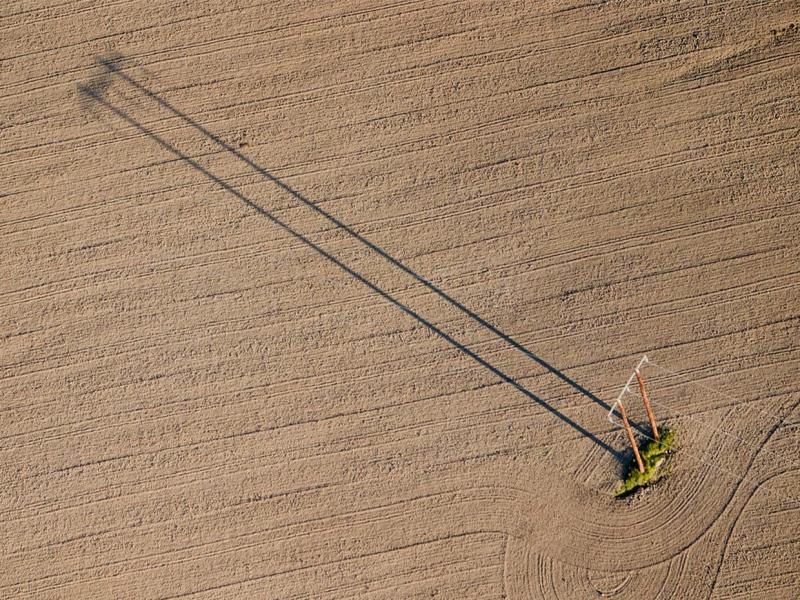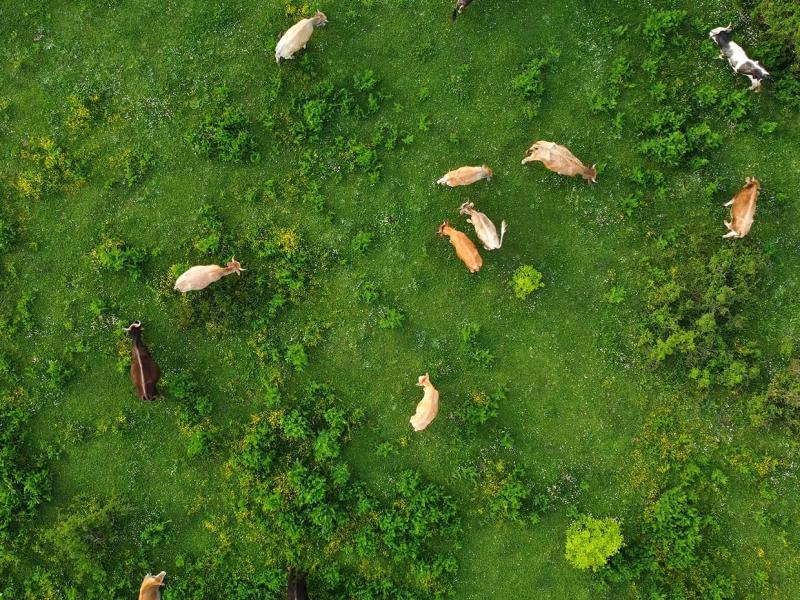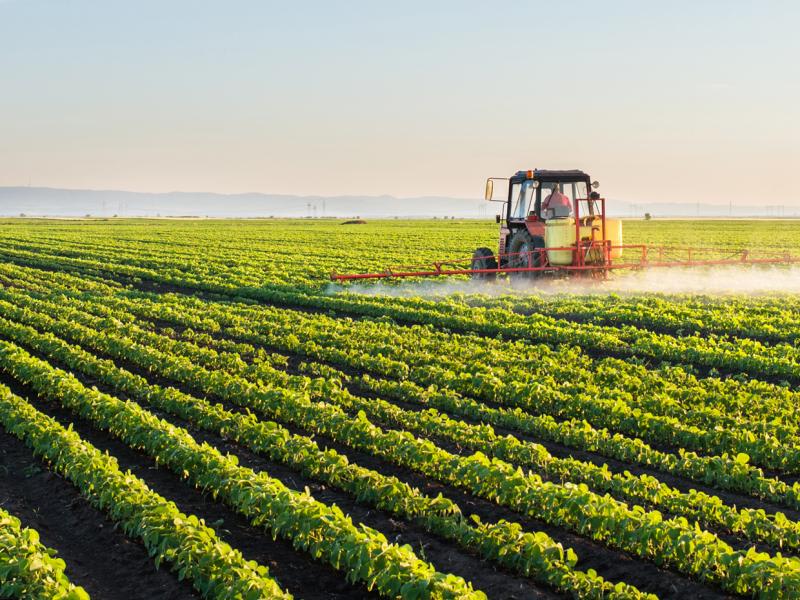Many farmers are coming off a record year in terms of production and prices, but two months into 2022 and we are seeing a few reality checks.
Is cashflow budgeting the answer to rising costs for farmers?
Rising input costs, strain on the supply chain, and increases in capital purchases are causing frustration among farmers in the agriculture sector.
-
INPUT COSTS
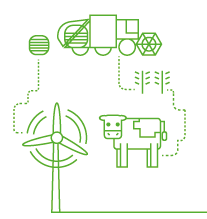
With fertilizer prices rising, chemical and fuel costs increasing, and labour rates growing, farmers are now facing immediate cash flow problems.
Farmers are responding to these rising costs in a variety of ways, for example relying on soil testing results to cut back on initial fertilizer rates.
Other farmers are changing the enterprise mix by retaining livestock that are normally sold to reduce cropping hectares.
Some farmers are even considering a chemical fallow this year for part of their program to set up for the following year with the hopes that farm input prices will be lower by then.
-
CAPITAL COSTS

Price increases in assets and rising interest rates are more of a slow burn for a lot of our farmers.
However, if you are looking to purchase a farm, the banks are going to be very diligent in assessing the ability of farmers to take on more land at high prices in an environment with high input costs and rising interest rates.
Having great equity in existing land is not necessarily going to get you across the line as the banks will prioritise the ability of farmers to pay the loan off.
-
SUPPLY CHAIN
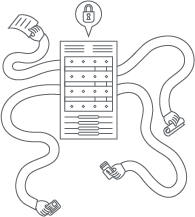
Supply chain issues, especially in regards to machinery, can be quite challenging in the longer term.
In some instances, farmers are having to order equipment 18 months in advance and even then, delays in delivery of products and machinery are not unusual.
A delay in essential tillage equipment leading to seeding is going to cause a lot of frustration for farmers and could also impact tax planning.
A lot of farmers are using the instant asset write-off on plant equipment to reduce their taxable income in 2022 and will be relying on equipment being delivered before the end of June 2022.
The uncertainty created by rising input prices, stretched supply chains, and increasing asset values can be reduced to a certain extent by having a very good cashflow budget that can be quickly reviewed and adjusted as circumstances change.
Modelling changes in cropping inputs and enterprise mix can help with the decision-making process.
Relying on a “what if“ analysis can also help with supply chain issues, and farmers should certainly be considering what plan B might look like from a tax planning perspective if machinery doesn’t arrive in time.
In regards to purchasing a farm, looking at cashflow projections over a few years is a good idea to gain comfort before committing to a purchase.
In particular, it is a good idea to pressure test the budget with higher interest rates, as the bank's four and five year rates are factoring in increased interest rates going forward.
Contact Us
Your local RSM office can assist with cashflow projections and scenario planning to help mitigate the uncertainty and risk that comes with these rising costs for farmers.



